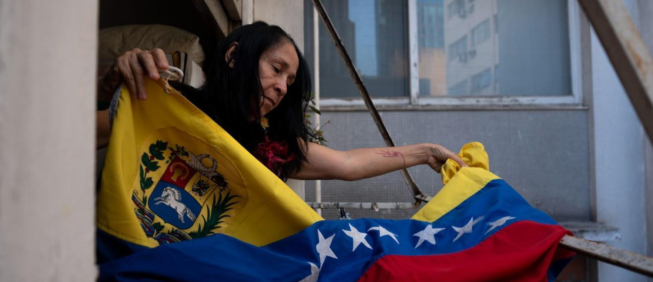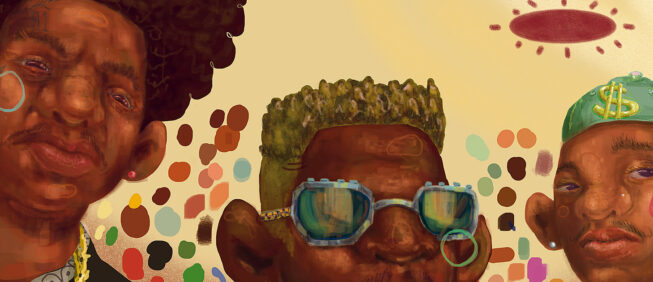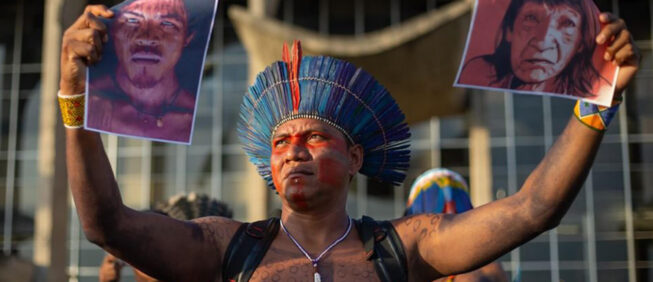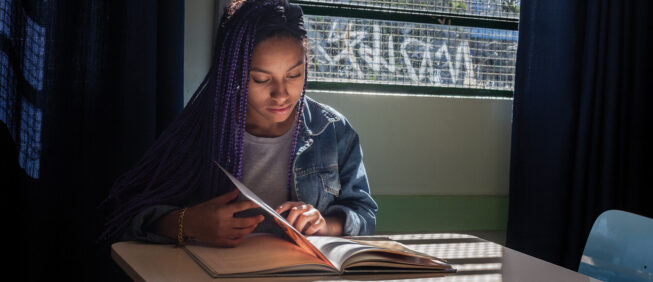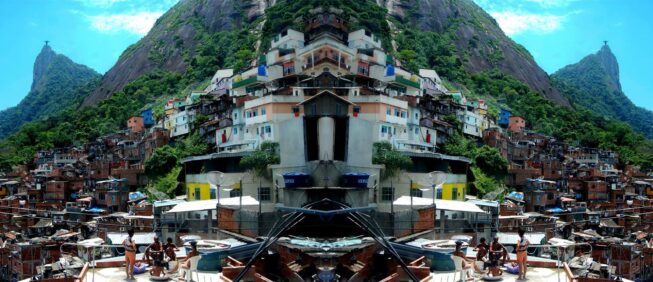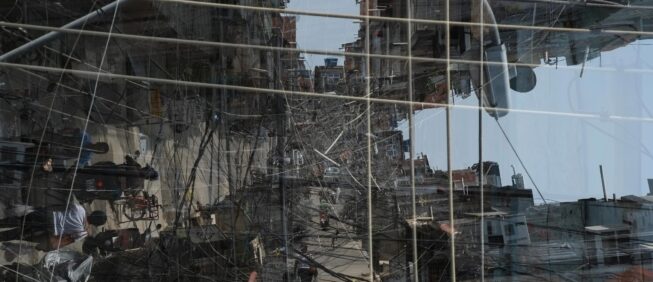A visual experience of silence in Saint-Joseph
An abandoned island, once part of the French colonial penal system, is being reshaped by nature over the last decades
Glória Alhinho
| French Guiana |
March, 2023
Je suis seul au monde, et je ne suis pas sûr de n’être pas le roi - peut-être la fée de ces fleurs. Elles me rendent au passage un hommage, s’inclinent sans s’incliner mais me reconnaissent. Elles savent que je suis leur représentant vivant, mobile, agile, vainqueur du vent.
Jean Genet, Journal du Voleur
Saint-Joseph is one of a group of three islands named the Salvation Islands, Îles du Salut, part of an archipelago located approximately 11 kilometers (6.8 miles) off the coast of French Guiana, South America. The largest one, Île Royale, was used to jail dangerous or newsworthy inmates, to make it harder for them to escape, which they could do more easily on the continent. The most infamous was the notorious Devil's Island — Île du Diable.
The French government used the islands as part of its colonial prison system, known as the bagne, where prisoners from France proper and from throughout its Empire were sent. The Îles du Salut played an important role during the period of penal colonization (1852 – 1953) and welcomed the first convoy of convicts in May 1852.
From 1852 to 1949, Saint-Joseph was home to the Réclusion, a facility where inmates were sent as punishment for escapes or offenses committed in other penal colonies. For this reason, it was called the bagne of the bagne. The conditions were particularly severe, including solitary confinement in silence and darkness. Réclusion was composed of a central building, individual cells, housing, and a cemetery exclusively for the guards. Prisoners were thrown into the Atlantic Ocean just the same as sailors.
This is a meaningful time to talk about the island because it is being considered for designation as a World Heritage Site.
I arrived on Saint-Joseph without knowing its history. Invited to teach at the University of French Guiana in the Fall of 2018, I became intrigued with this imaginary Guiana, as perceived by French society, with which I was confronted. Intensely bright light, earth smells, humidity, sounds of the sea, birds, wind rustling through leaves, and fallen branches directly impacted how I saw the island. As I explored Réclusion, the gnarly roots, slippery moss and leaves made my way challenging. I walked through corridors of imposing trunks set within an endless green backdrop.
Multiple layers of adventitious roots and lichens design new textures on the walls, enhancing and animating their faded colors. Hanging down on what was once the skeleton of a roof, branches, roots, and leaves form a lattice scattering light in all directions. From the radiant and stirring environment emerged the idea that this chaos of organic matter was an inversion of a world of order and rules that characterized the Réclusion.
In Saint-Joseph we learn that our entire body sees and all of our senses are connected.
All around, we see how nature and manmade material worlds perpetually move in the most unexpected ways. On this small island these worlds have evolved hand in hand, forming a powerful presence that finds a path through each moment. All the while, this silent presence asserts itself visible, touchable in its very stillness and innate vitality.
John Berger introduces Ways of Seeing, his 1972 BBC television series by saying "The human eye takes its visible world with it as it walks". Movement is intrinsically associated with seeing. It is not only our movement that impacts how we see, but also how everything around us moves wherever we are.
At Réclusion reminiscences of different silences, invisible forces, and life forms surround us as they continuously erase or add meaning. This superposition of material-ruins and dynamic forms of nature challenges our perception. How do these reminiscences interfere in the way we see some historical places, mainly the ones that are related to human experiences of pain and suffering?
We must start to consider the fragility of both naturally occurring ephemera and manmade structures and institutions. Even if man created the latter to be permanent, they collapse and remind us that nothing lasts forever. What narratives can emerge today from this fragile coexistence of the natural and human créations?
The visual silences of this abandoned bagne, in other words, the visible and invisible, heard and unheard stories, inscribed by humans and by nature at different times, show that the history of the island can be regarded not only from the human perspective, limited as it may be, but also from another vantage point at the edges of our conscious being.
Saint-Joseph invites us to see how life reveals itself in the most unexpected ways. We can find new forms, colors, textures, and shapes that have been adapting to and evolving from their proximity to what human beings have left behind. Nature has redesigned Saint-Joseph. The life story of the island and of the bagne is continuously evolving. It offers an opportunity to go beyond a space and time tied to suffering, death, and isolation, and to see how nature’s creativity invites us to return where we belong, to the continuum of the organic.
Glória Alhinho | USA |
PhD in Iberian, Latin American, Mediterranean Studies from the University of Bordeaux, France. Curator of cultural projects that relate the academic and diplomatic dimensions at Georgetown University and the Portuguese Embassy in Washington, DC.











